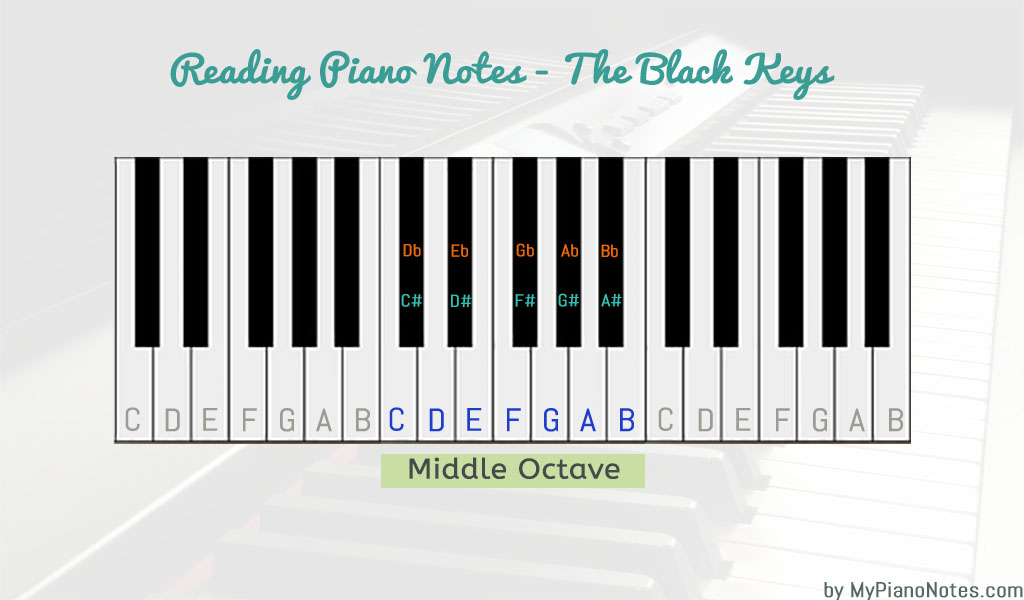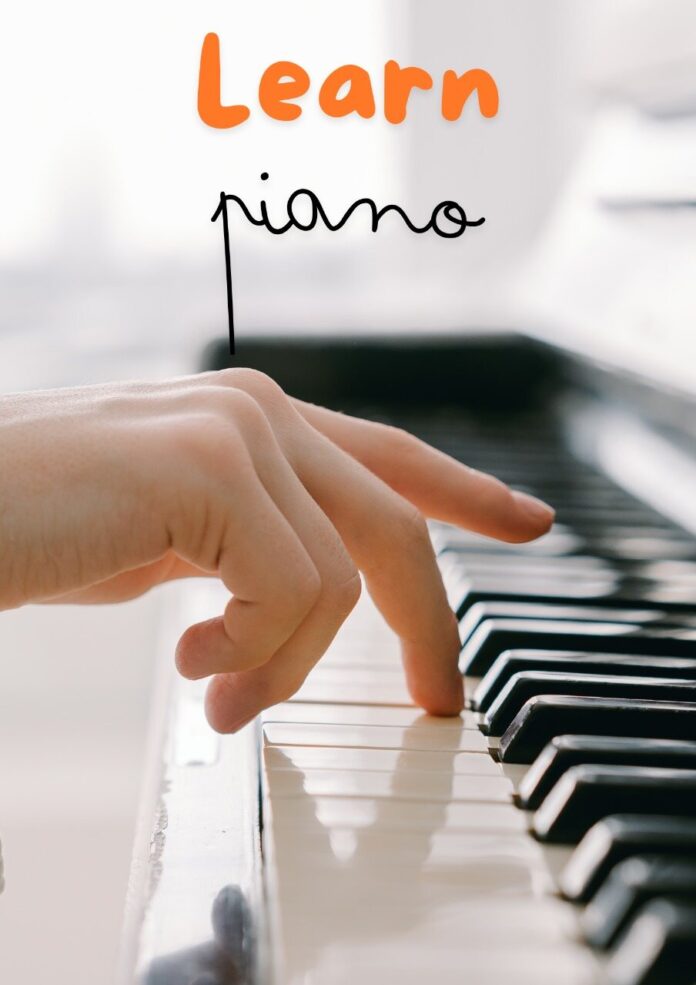Beginner piano or keyboard instruction includes learning the fundamentals of music theory, practicing easy tunes, and positioning your hands correctly.
What is the keyboard/piano?
The keys on a musical instrument. Synonyms fingerboard and clavier kind of: keyboard device that consists of keys on a computer, typewriter, piano, organ, or other similar instrument.
A musical keyboard is a collection of nearby depressible levers or keys on an instrument. Keyboards are typically used to play the twelve notes of the Western musical scale by alternating between larger, longer keys and smaller, shorter keys that repeat every octave. The instrument can produce sound by blowing air through a pipe organ, mechanically striking a string or tine, plucking a string, ringing a bell, or activating an electronic circuit or digital keyboard upon pressing a key. Because the piano is the most common type of keyboard, the keyboard layout is often referred to as the piano keyboard or simply piano keys.
If you want to learn how to play the piano or keyboard, this course is perfect for you.
You will learn how to play incredibly basic concepts in this session.
We’ll start the keyboard notes with a finger drill.
Learn how to construct major scales on the piano and how to use a formula to perform them.
Discover the steps involved in creating minor scales on the piano as well as the technique.
Learn to play and recognize major chords for beginners in a straightforward manner.
Learn to identify and play minor chords in a fun way for beginners.
Learning the basics of piano notes is the first step to playing the piano. Here’s a simple guide:
1. Understanding the Keyboard
- White and black keys are found on a piano keyboard. Natural notes (A, B, C, D, E, F, and G) are represented by the white keys, and sharp (#) and flat (b) notes are represented by the black keys.
- Octaves: An octave is a pattern in which notes repeat. Seven white keys and five black keys make up each octave.
2. Identifying the Notes
- Locate the Middle C key on the keyboard, which is located about in the center. It is the white key that is situated to the left of the two black keys.
- Note Names: A, B, C, D, E, F, and G are the names of the white keys. The sequence repeats after G.
3. Black Keys
- Sharps and Flats: The names of the black keys are determined by the white keys that are next to them. A note is raised or lowered by half a step when a sharp (#) is used.
- For instance, the black key to D’s left is Db (D flat), and the black key to C’s right is C# (C sharp).
4. Reading Sheet Music
- Treble Clef (Right Hand): The right hand is usually used to play notes. On the staff of the treble clef, the lines and spaces stand for different notes.
- E, G, B, D, and F are the lines (bottom to top) (mnemonic: Every Good Boy Does Fine)
- Spaces (from bottom to top): F, A, C, E (mnemonic: FACE)
- Bass Clef (Left Hand): The left hand is usually used to play notes. The bass clef staff’s lines and spaces stand for various notes.
- G, B, D, F, and A are the lines (bottom to top) (mnemonic: Good Boys Do Fine Always)
- Spaces (bottom to top): A, C, E, and G (All Cows Eat Grass is a mnemonic).
5. Basic Finger Positions
- C Position: Press the thumb of your right hand on Middle C and the next five white keys (C, D, E, F, G) with each finger.
- 5-Finger Position: With your left hand, begin at the C below Middle C and use a similar position (C, D, E, F, G).
6. Practicing Simple Songs
- In order to become familiar with note names and finger locations, start with easy tunes like “Twinkle, Twinkle, Little Star”.
- To increase your keyboard acuity and finger dexterity, practice scaling.
7. Tips for Beginners
- Practice Often: Learning is reinforced when practice is done on a regular basis.
- Employ a metronome to help you maintain time and establish a steady rhythm.
- Learn to Read Sheet Music: Playing a variety of pieces is made possible by being able to read sheet music.
You may develop a strong foundation for playing the piano by comprehending these fundamentals and practicing frequently..
Basics of Piano:
- Keyboard Layout:
- White Keys: Represent natural notes (A, B, C, D, E, F, G).
- Black Keys: Represent sharp (#) and flat (b) notes.
- Middle C:
- Located near the center of the keyboard; the starting point for beginners.
- Octaves:
- The pattern of 7 white keys and 5 black keys repeats across the keyboard.
- Reading Music:
- Treble Clef (Right Hand): Lines: E, G, B, D, F; Spaces: F, A, C, E.
- Bass Clef (Left Hand): Lines: G, B, D, F, A; Spaces: A, C, E, G.
- Finger Positions:
- C Position: Right thumb on Middle C, other fingers on adjacent white keys.
- 5-Finger Position: Similar for the left hand starting from the C below Middle C.
- Practice:
- Start with simple songs and scales.
- Use a metronome to keep time.
The 5 basic piano notes you should start with are:
- Middle C (C4): Located near the center of the keyboard, it is the starting point for many beginners.
- D: The white key to the right of Middle C.
- E: The white key to the right of D.
- F: The white key to the right of E.
- G: The white key to the right of F.
These notes are frequently used to teach new pianists to the piano. They make up the first portion of the C major scale.
You can become proficient at playing the piano with consistent practice and familiarity with these fundamentals.

Let Play Sa Re Ga Ma Pa….
| Sa | Re | Ga | Ma | Pa | Dha | Ni | Saa |
| C | D | E | F | G | A | B | C |
| Saa | Ni | Dha | Pa | Ma | Ga | Re | Sa |
| C | B | A | G | F | E | D | A |
“Twinkle, Twinkle, Little Star”
Notes:
- C C G G A A G
- F F E E D D C
- G G F F E E D
- G G F F E E D
- C C G G A A G
- F F E E D D C
“Mary Had a Little Lamb”
Notes:
- E D C D E E E
- D D D E G G
- E D C D E E E
- E D D E D C

Every white key has a name, as you can see, and it’s clear that many of the white keys have the same name. But for now, let’s focus on the white keys in the middle that are tinted blue.
A set of all the white keys from C to B is called an Octave. Furthermore, the octave starts at C on the piano instead of ‘A’ as it does in the alphabet.
The sound of an Octave is made up of eight letters. However, it appears from the image that there are only sevenIn Indian music, the notes Sa, Re, Ga, Ma, Pa, Dha, Ni, and Sa are used with the same concept. Still, it would get hard to distinguish two Cs in a single octave. In time, you’ll understand this more completely. On MyPianoNotes.com, an octet would, however, start on C and end on B in every instance.
Understanding the Black Piano Keys
There are not an equal number of Black and White keys on a piano. On a piano, there are more white keys than black ones. Again, I apologize for pointing out the obvious. However, it’s critical to comprehend the cause of this. And I’ll try to elaborate.
MAJOR CHORDS & THEIR INVERSE
| 1 | 2 | 3 |
| C MAJOR | ||
| C+E+G | E+G+C | G+C+E |
| C# MAJOR | ||
| C#+F+G# | F+G#+C# | G#+C#+F |
| D MAJOR | ||
| D+F#+A | F#+A+D | A+D+F# |
| D MINOR | D+F+A | |
| D# MAJOR | ||
| D#+G+A# | G+A#+D# | A#+D#+G |
| E MAJOR | ||
| E+G#+B | G#+B+E | B+E+G# |
| E MINOR | E+G+B | |
| F MAJOR | ||
| F+A+C | A+C+F | C+F+A |
| F# MAJOR | ||
| F#+A#+C# | A#+C#+F# | C#+F#+A# |
| B Diminished | B+D+F | |
| A MINOR | A+C+E |
CHORDS Explain
A chord is a musical arrangement of two or more notes played at the same time, typically consisting of a root, a third, and a fifth. Chords are the fundamental units of harmony that create the harmonic foundation of a piece of music. Keyboard notes can be in major, minor, diminished, augmented, or extended key arrangements, among other note configurations. Chords contribute to a piece of music’s general tone and ambiance in addition to giving melodies harmonic support and coloration. Arpeggios and other broken chords, which are chord tones that are not produced simultaneously, can also be considered chords for a variety of theoretical and practical purposes when utilized in the proper musical context.
What are the basics of a piano?
Fundamentals of Piano:
Keyboard Configuration:
White keys stand for the natural notes (A, B, C, D, E, F, and G).
Sharp (#) and flat (b) notes are represented by black keys.
Middle C: The starting place for novices, situated close to the keyboard’s center.
Octaves: Across the keyboard, there are seven white keys and five black keys in a repeating pattern.
Interpreting Musical Notations:
Treble Clef (Right Hand): F, A, C, E; Spaces: E, G, B, D, and F.
Lines: G, B, D, F, A; Spaces: A, C, E, G; Bass Clef (Left Hand).
Finger Positions: C Put your other fingers on the white keys adjacent to Middle C and your right thumb on that key.
The left hand should be positioned similarly, starting from the C below the middle C.
Practice: Begin with easy tunes and scales.
For timekeeping, use a metronome.
You may learn to play the piano successfully by practicing frequently and becoming familiar with these fundamentals.
What are the 5 basic piano notes?
The first five fundamental piano notes you should learn are:
Central C (C4): Many newcomers begin at this location, which is close to the keyboard’s center.
D: The white key located to Middle C’s right.
E: The white key next to D’s right.
F: The white key located to E’s right.
G: The white key located to F’s right.
These notes are frequently used to teach new pianists to the piano. They make up the first portion of the C major scale.

